Eczema - also known medically as atopic dermatitis - covers various non-infectious inflammatory skin changes. They are often manifested by reddened, dry and itchy areas of skin. Eczema is commonly referred to as ‘dermatitis’, however, this is incorrect and can be misleading. Eczema is a group of skin conditions under the umbrella of dermatitis.
The typical symptoms of eczema include:
- itching
- redness
- blistering
- oozing
- crusting
- scaling
- a coarser skin texture
There is acute and chronic eczema, although the symptoms are basically the same. Chronic eczema refers to long lasting eczema, which means individuals may experience eczema symptoms that flare-up more frequently. Although irritating and frustrating to deal with, it is not contagious. An acute and mild eczema that is not very pronounced will not cause severe flare-ups and can subside quickly with the help of proper care. As such, there are several types of eczema that can be triggered by various factors.
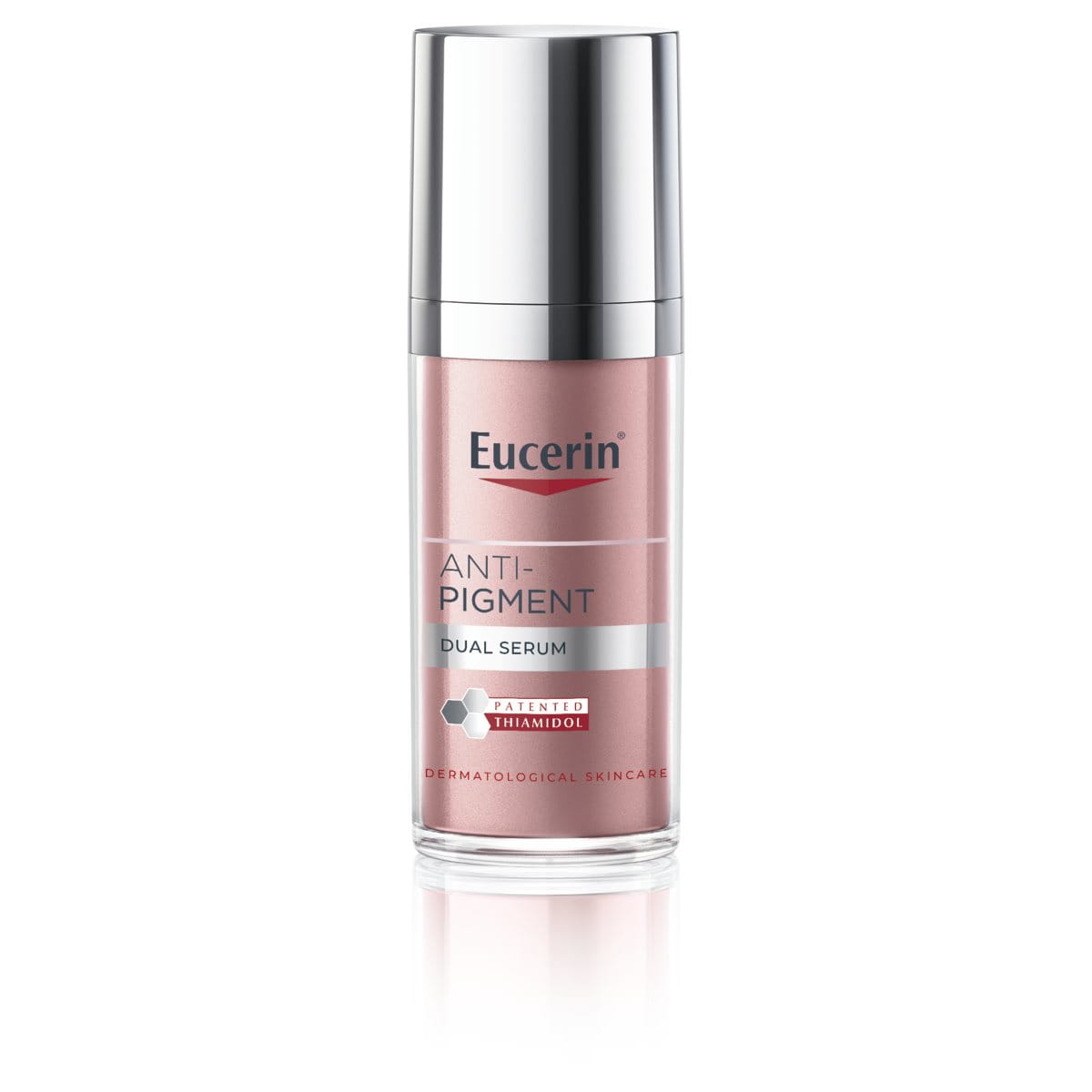
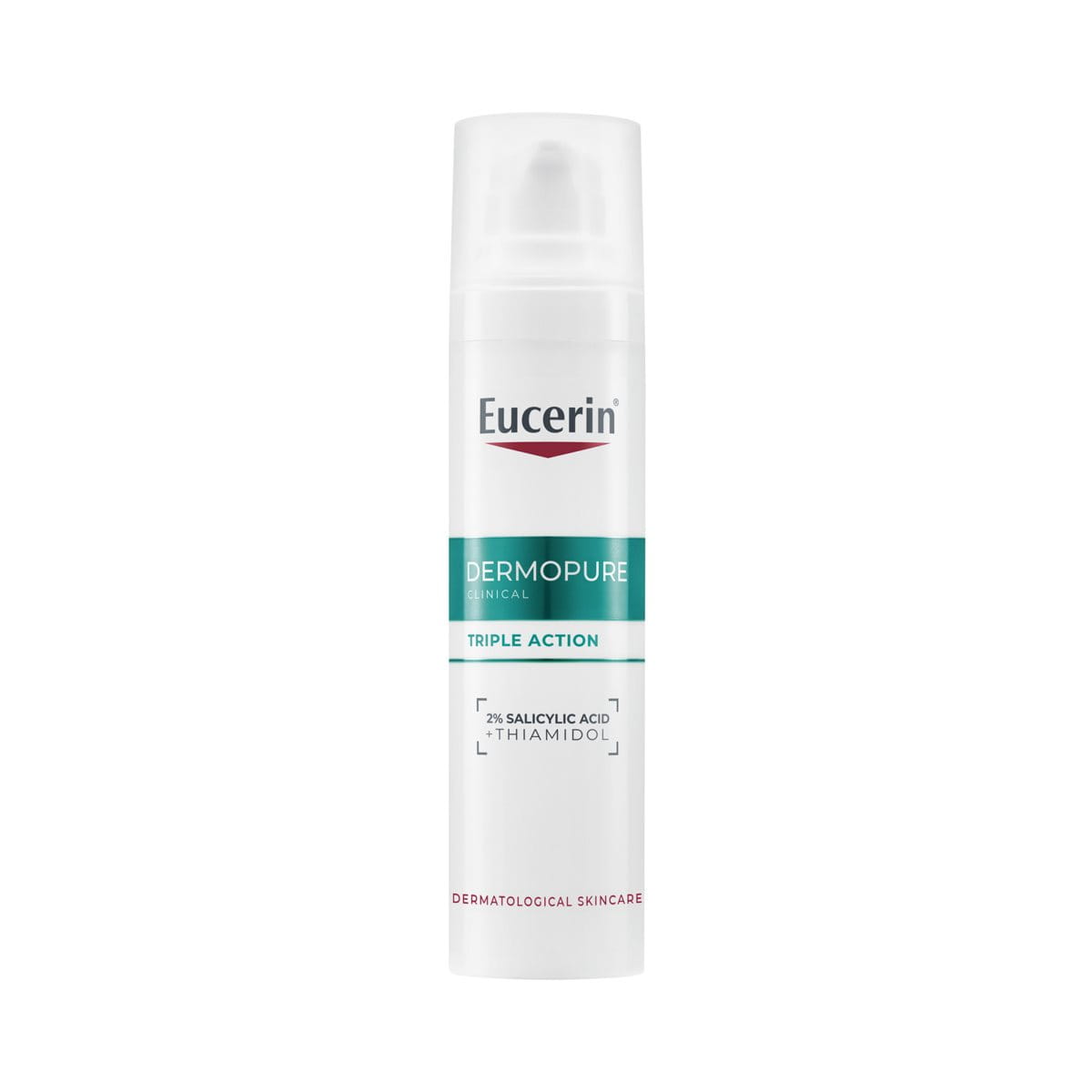



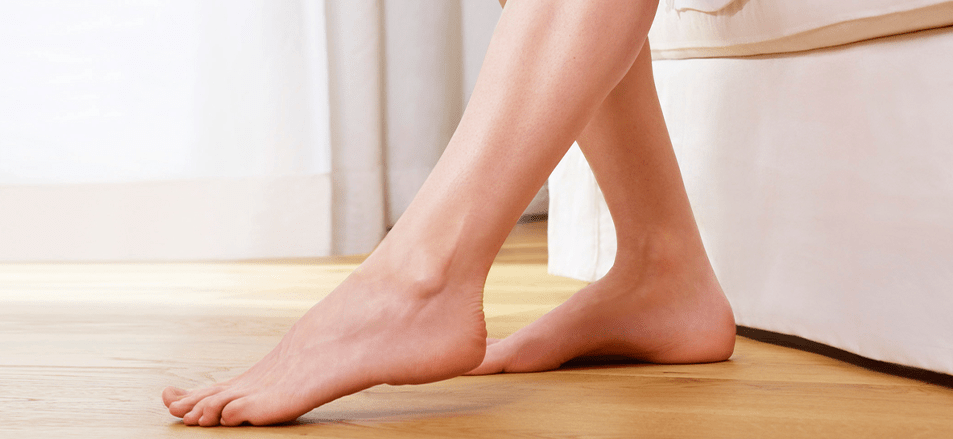
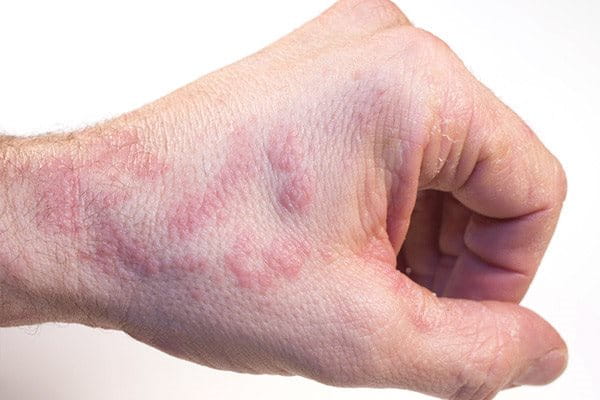
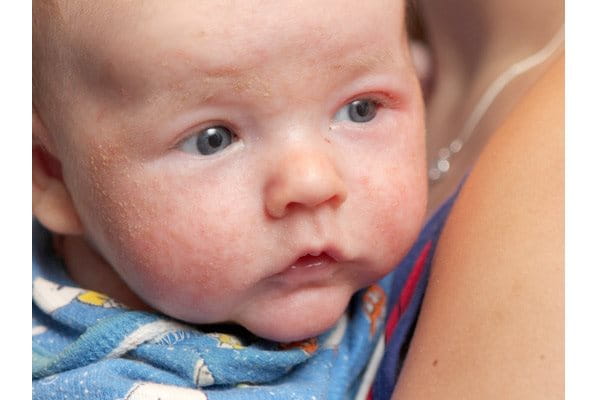
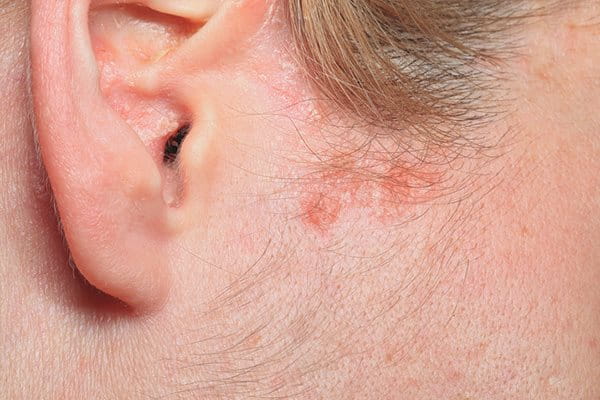
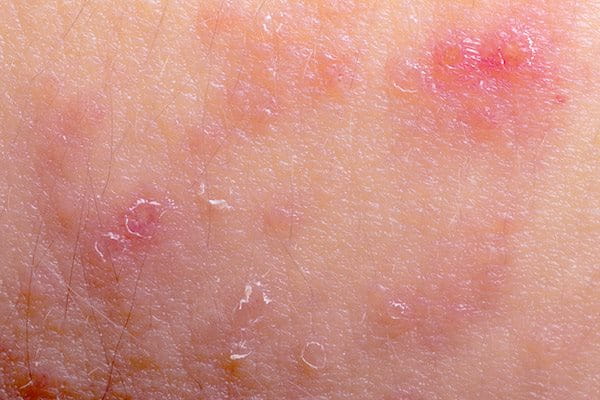
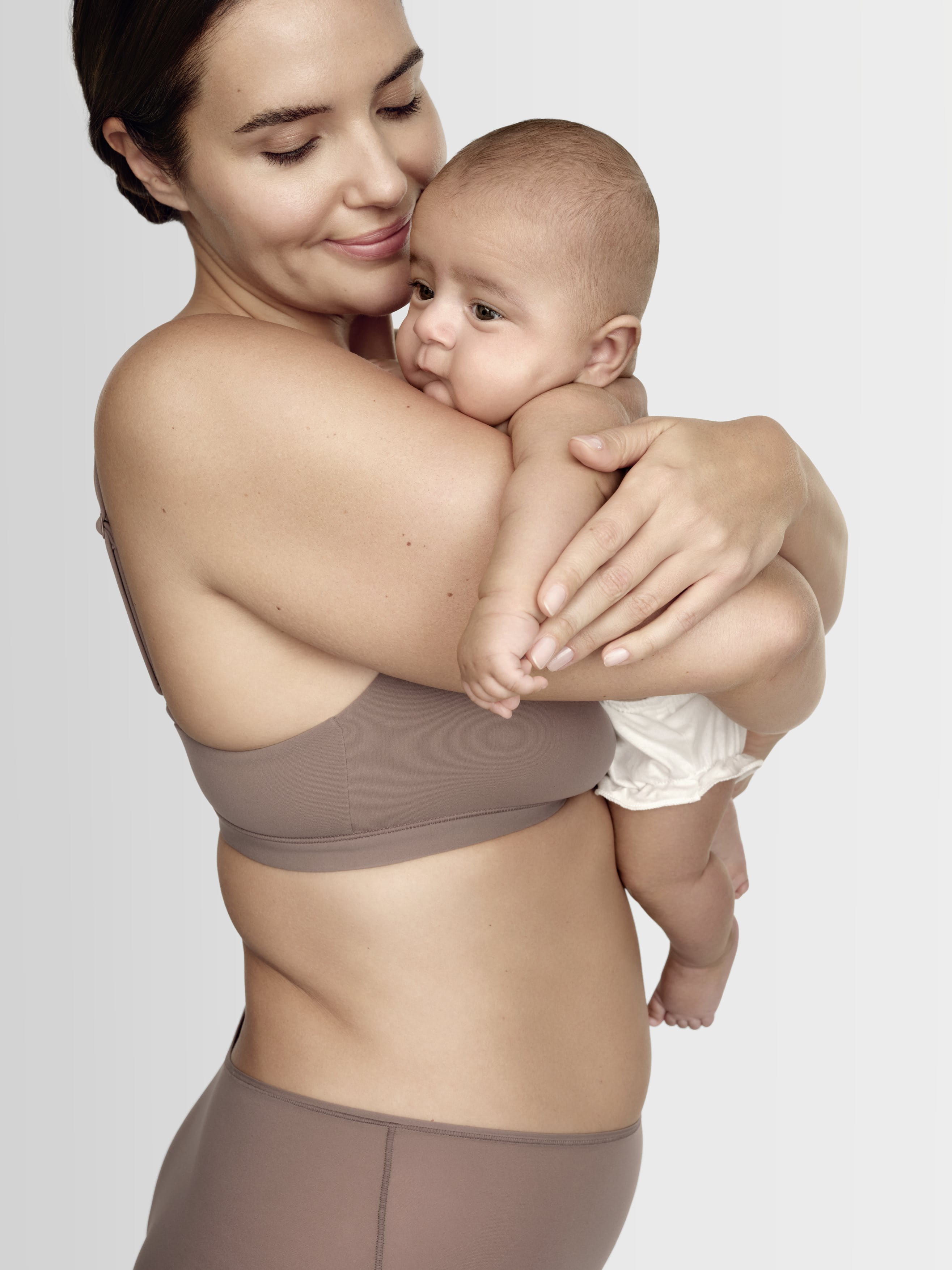
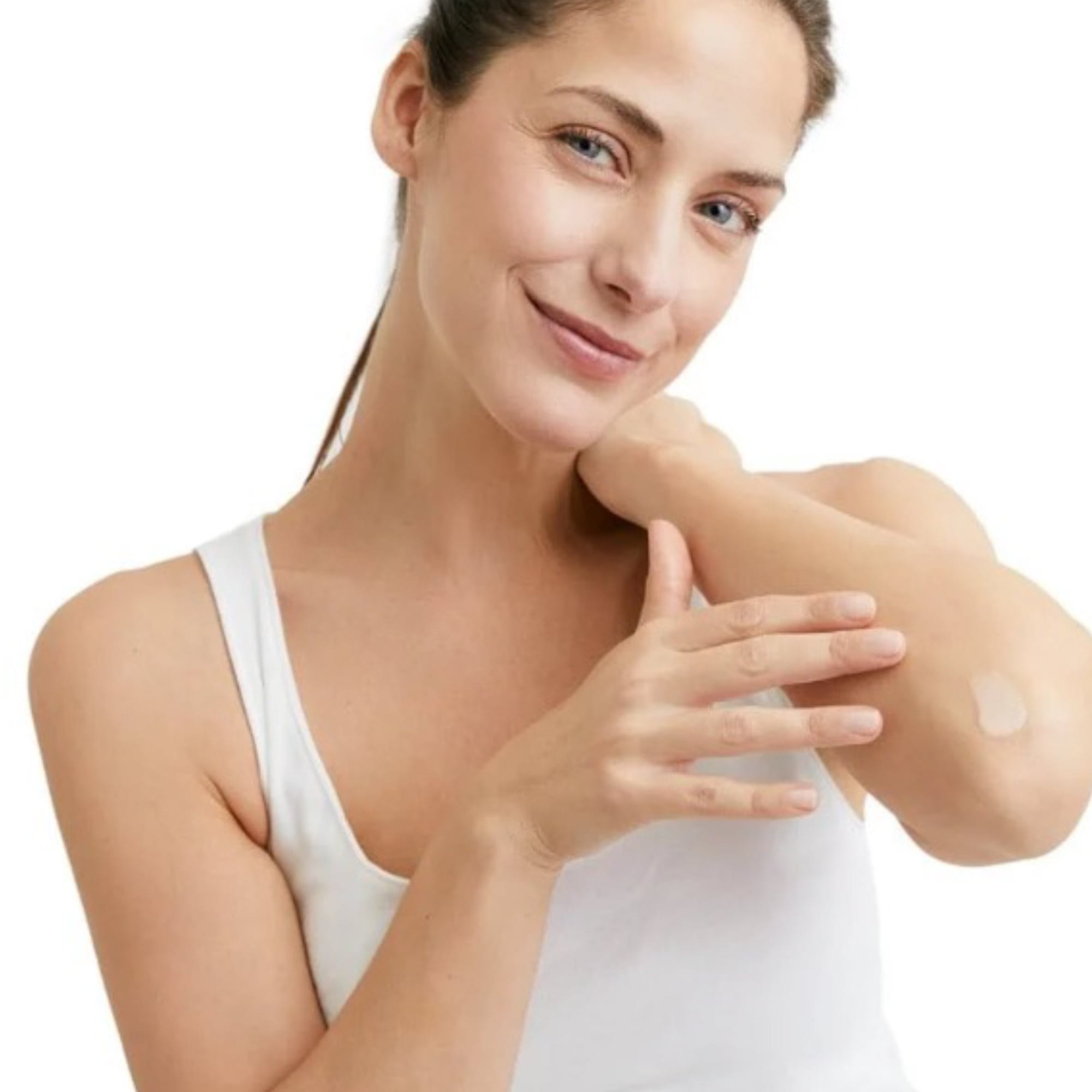
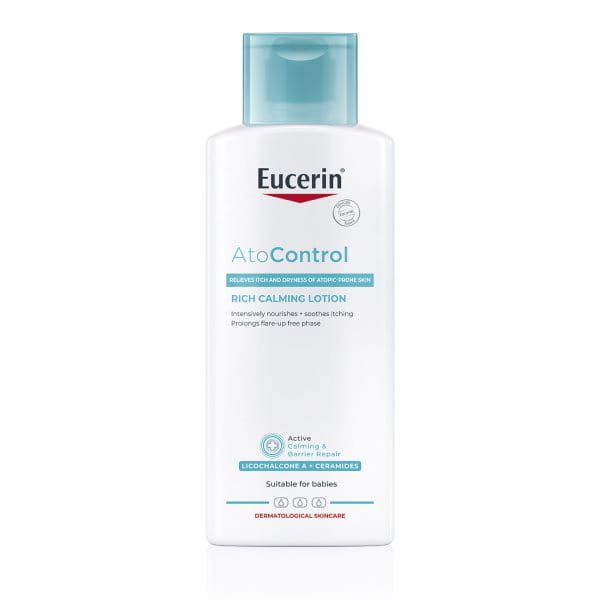
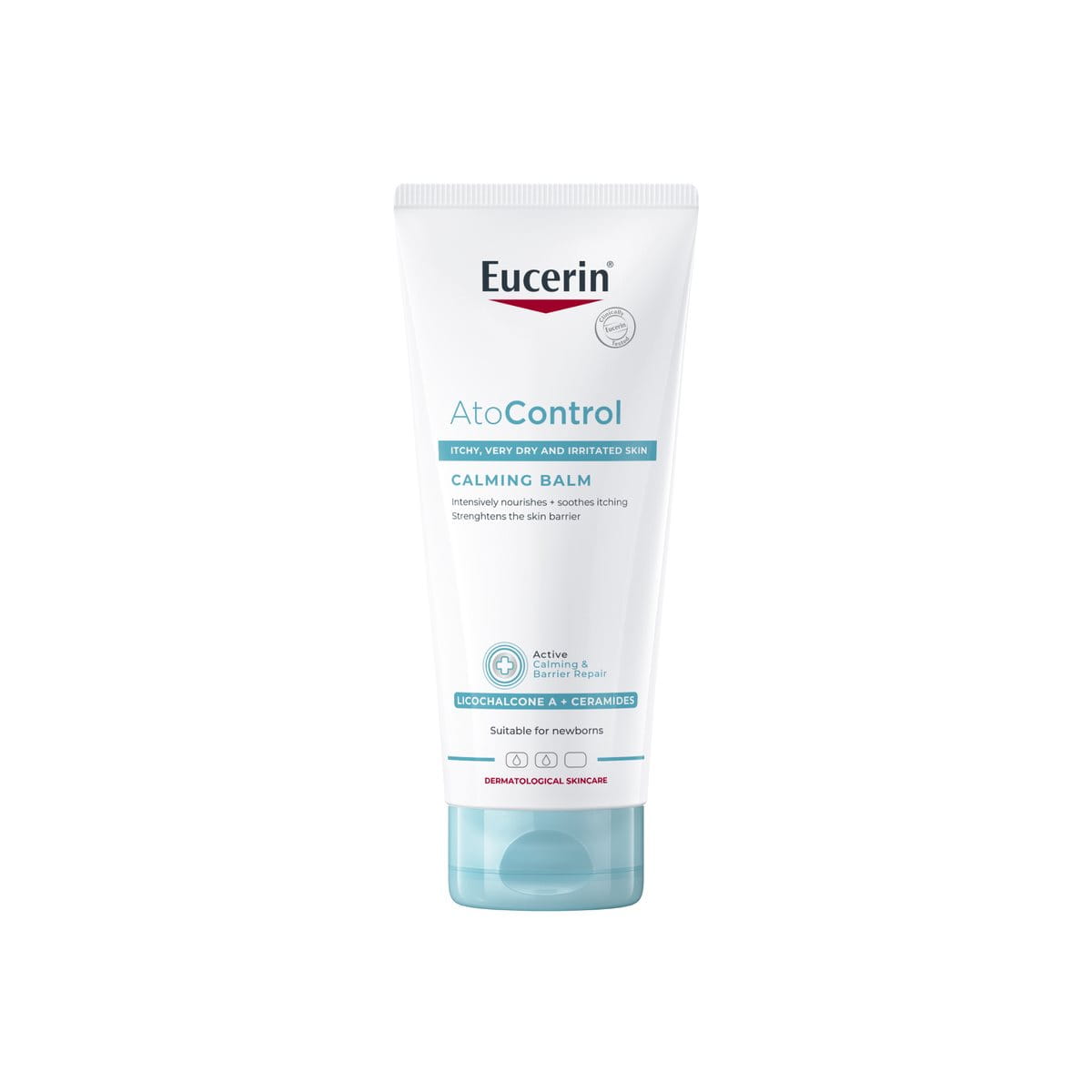
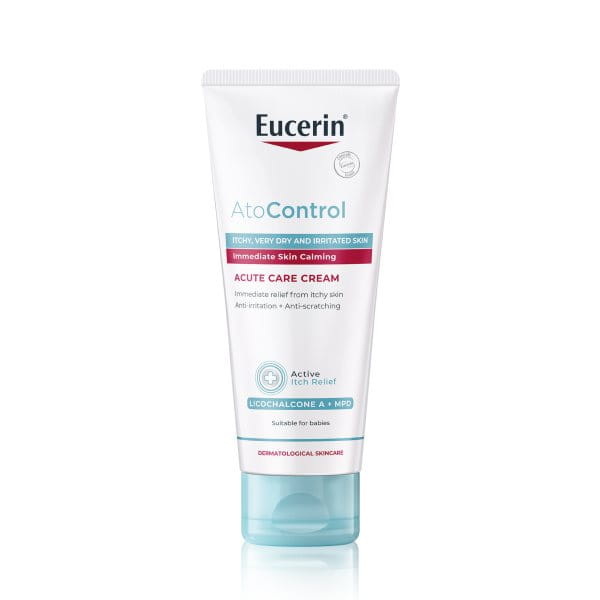

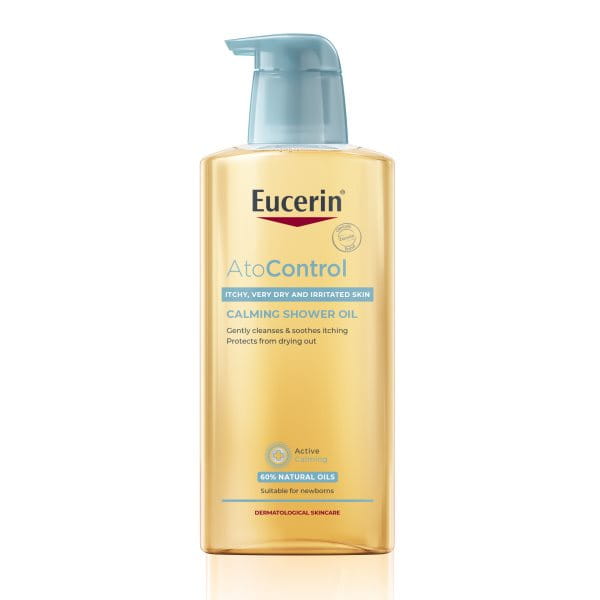
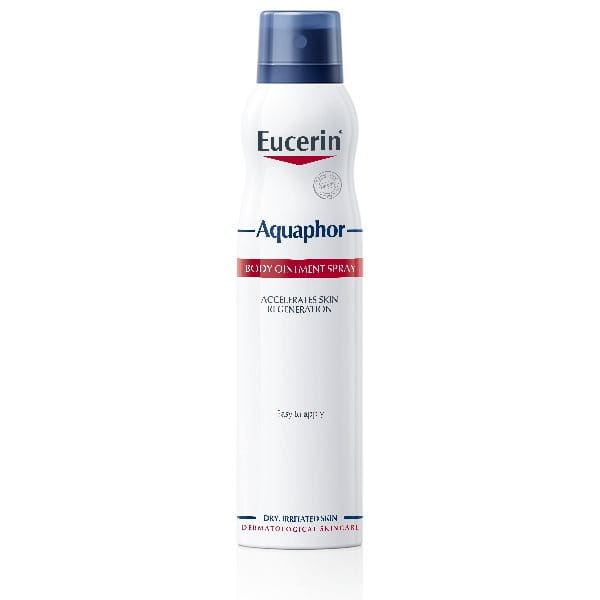
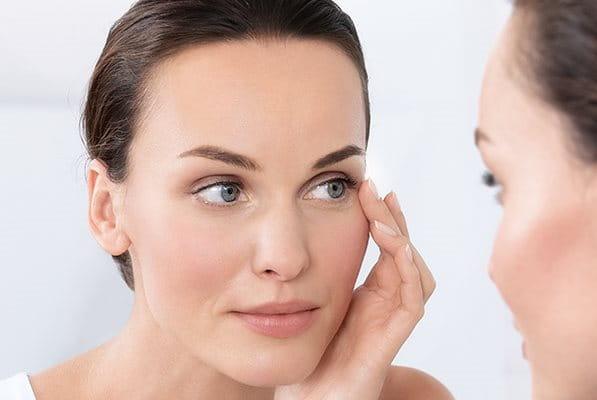
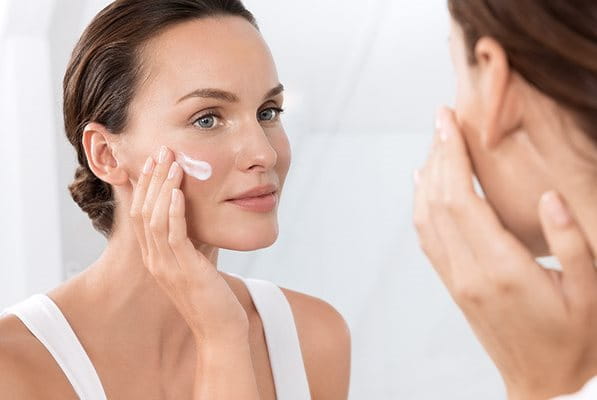
.jpg?rx=536&ry=0&rw=5616&rh=3763&hash=C8358E6898143DC9AA19E93A076F1DA2)



